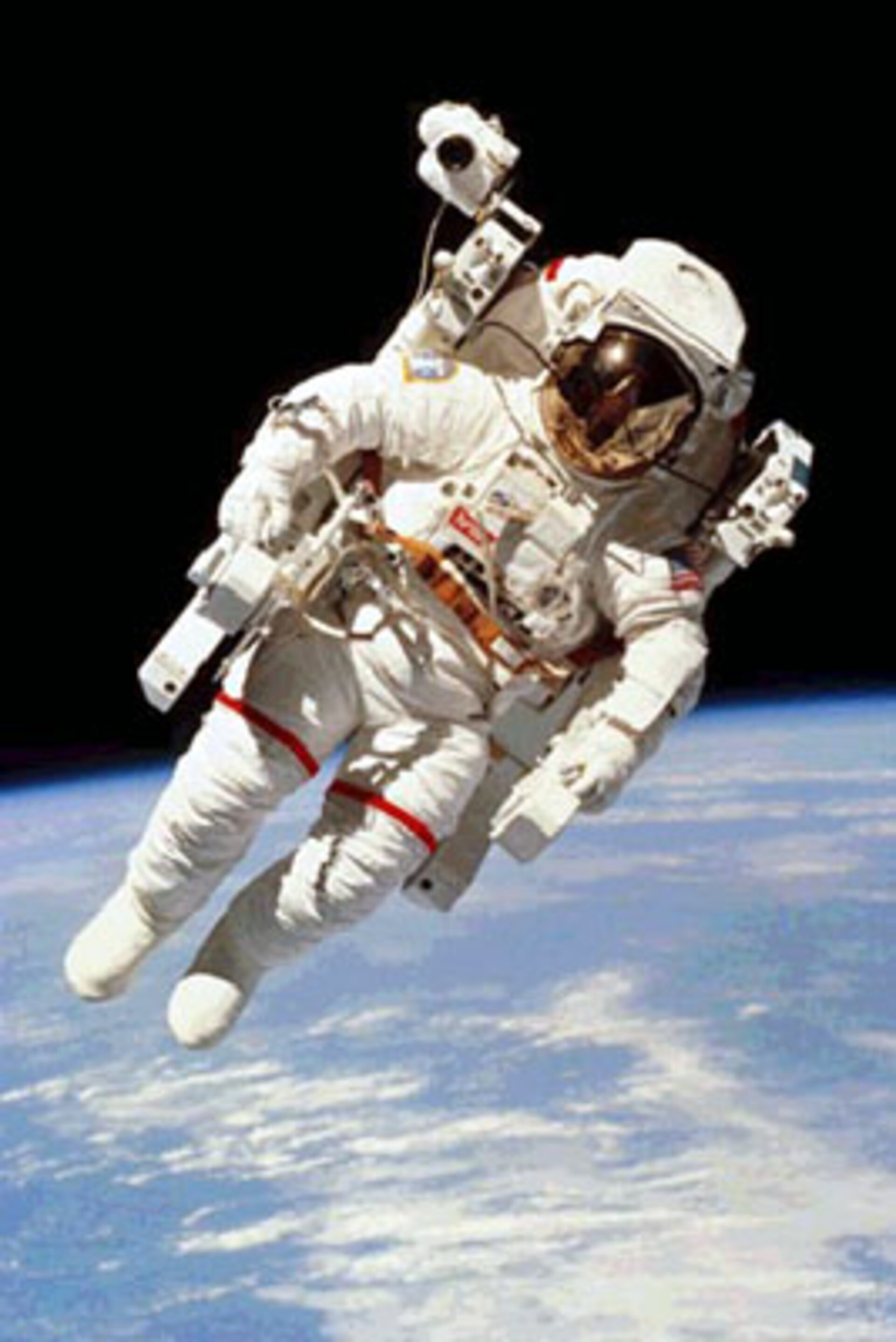Human health and performance
There is no point in sending human explorers on long voyages around the solar system if they arrive at their destination in poor physical shape. Long stays in zero gravity are not good for the human body.
We already know that astronauts lose bone mass at around 1% for every month they are in space; muscles - including heart muscles - atrophy despite hours of exercise; and there are a host of other problems.
When they return after six months in Earth orbit, most astronauts have difficulty walking and some have to be carried from their spacecraft. Fortunately, they usually recover quickly as their bodies re-adapt to gravity. But what if they had just spent nine months in space on a transfer orbit to Mars, and instead of medical attention and rest they faced the arduous exploration of another planet?
Radiation
The effects of weightlessness are not the only danger facing long-haul crews. Radiation sweeps through the the solar system, mostly in the form of the solar wind - subatomic particles blown outward from the Sun - and high-energy particles from cataclysmic events in deep galactic space. On Earth, we are protected from this radiation by our atmosphere and by the Earth's magnetic field, which also shields near-Earth space: ISS crews receive more radiation than groundlings, but except during solar flares levels are rarely dangerously high.
Out between the planets, though, travellers are far more exposed. The thin hull metal that stands between them and vacuum will keep out much of the deadly hail. But it is hard to stop a really high-energy cosmic ray - an atomic fragment, perhaps the relic of a distant supernova explosion, that zips through our solar system at very close to lightspeed. A single particle, smaller than an atom, can carry energies equivalent to a tennis ball served by a world champion. It does little good to build a thicker hull: secondary radiation created when cosmic rays crash into the metal can actually do more damage still. So manned interplanetary ships may need to carry with them some kind of magnetic shield - a miniature of the Earth's own.
Planet-hopping
The best way to eliminate these long-voyage woes, of course, would be to eliminate the long voyage itself: just get there faster. That trip to Mars takes nine months because it follows a minimum-energy transfer orbit. Such an orbit - known as a Hohmann transfer orbit, after German engineer Walter Hohmann who first calculated it in 1925 - is the most fuel-efficient way to planet-hop. But it is also the slowest.
Unfortunately, today's chemically-fuelled rockets simply do not pack enough power to reach Mars by a much quicker route. Even if 90% of a Mars rocket's mass as it leaves Earth orbit were made up of fuel, the best motors currently in service could barely bring travel time down half to a year. Improved rockets are on the drawing board - some, driven by electric ion propulsion, are already in space - but if we want to go to Mars in the near future, we may have to find another way round the problem.
'Homemade gravity'
One possibility is for the Mars explorers to take some home-made "gravity" with them, in the form of some kind of centrifuge. This could be a relatively small, exercise-type device, in which a Mars crew could take turns to stand for an hour or two daily. It need not generate a full Earth gravity to have some beneficial effect, but it would certainly take up mass and energy that a Mars expedition might prefer to use for other things.
If their ship were big enough, they could give themselves some gravity by simply spinning the whole spaceship; if, as is far more likely, the ship is small and cramped, it could increase the effective spin radius by reeling out a counterweight on a tether and rotating the whole assembly. Again, such a device would add mass and complexity to a mission that will certainly be trying to minimize on both.
Research
The third way to improve human health and performance in space, of course, is simply to learn more about the precise effects of zero gravity and to find ways to combat them - by drugs, by diet and by special exercises. Russia's old Mir station gave scientists about 90,000 hours of long-term space living as a data source, and the ISS will furnish much more. Human physiology is high on the priority list for on-board research. By 2020 or so, we should know a good deal more about microgravity health problems - and how to solve them - than we do today.
If ISS experience does help humans to undertake a Mars trip - or even a trip to the asteroids - scientists will find themselves investigating another health issue: not zero gravity but low gravity. The Martian surface gravity is just 0.38 - barely more than a third of the Earth's. Its gentle tug might well be very welcome to astronauts space-weary after months of weightlessness. But we know almost nothing of the long-term effects. On an asteroid, gravity could range from the near 0.1 g of Ceres, largest of them all, to a barely discernable milligee pull from a five-kilometre space rock. How much gravity do we really need? It's something we will have to find out. And finding things out is why we will be sending humans around the solar system in the first place.


